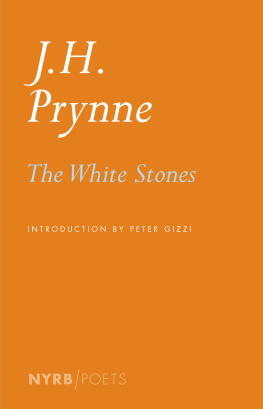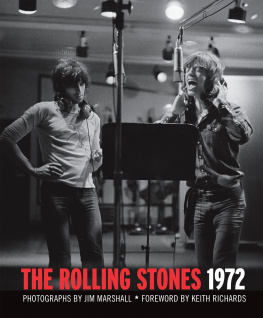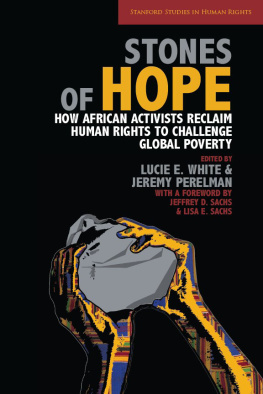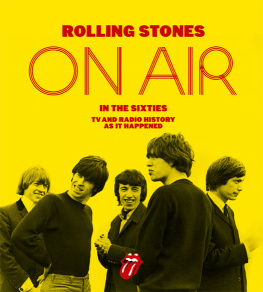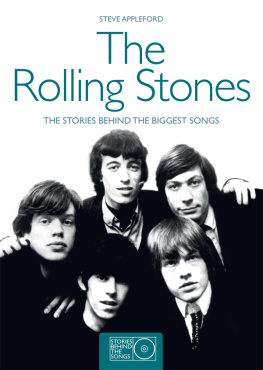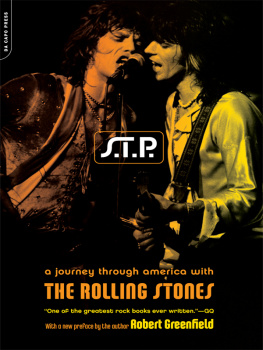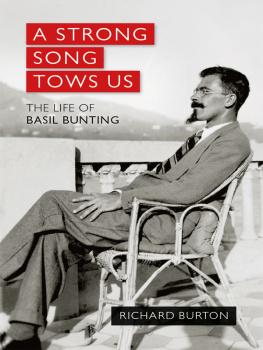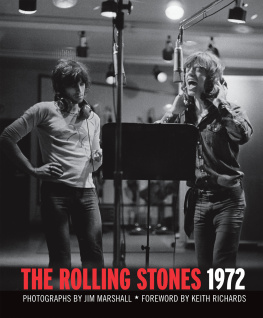J.H. PRYNNE was born in Kent in 1936 and studied at Cambridge University; he worked there as a teacher and scholar in the Department of English and is currently a life fellow of Gonville and Caius College. He is also an Honorary Professor at the University of Sussex, and a Visiting Professor at Sun Yat-Sen University, Peoples Republic of China. He has published forty-one collections of poems during the period 19682015, all now reprinted in the third enlarged edition of his
Poems (Bloodaxe Books, Hexham, 2015). This volume,
The White Stones, was composed in the earlier 1960s, at the same time as working with students in the study of English and European poetry of various classical traditions, and also assimilating the force of the New American Poetry of that period. A good reading knowledge of French and German and Italian kept open a complex historical perspective, and an extremely partial understanding of Chinese demonstrated the influence of Ezra Pound in a new cross-light.
Since these early times there have also been extended commentary-essays, on the Han Chinese lyric, on a painting by Willem de Kooning, on literary/linguistic topics, and three extended commentary-monographs: on a Shakespeare sonnet, on a poem by Wordsworth and another by George Herbert, on Wallace Stevens, and on a scroll-painting by the Chinese landscape painter Shen Zhou (14251509). The author has traveled quite widely, in the U.S.A. and further afield; his poems have been translated into French, German, Italian, Norwegian and Chinese, and a brief selection is being prepared in Mexican Spanish; there have also been a number of musical settings and workings. His collected prose writings (2 vols) are currently in preparation. Some website material is available, including a full online bibliography and various talks and lectures. PETER GIZZI is the author of several poetry collections, including Threshold Songs, The Outernationale, and most recently, In Defense of Nothing: Selected Poems, 19872011.
His honors include the Lavan Younger Poet Award from the Academy of American Poets, and artist grants from the Foundation for Contemporary Arts, the Howard Foundation, and the Guggenheim Foundation. He has served as the poetry editor for The Nation and as founding editor of oblek: a journalof language arts. In 2011 and again in 201516 he was the Judith E. Wilson Visiting Fellow in Poetry at Cambridge University. He teaches at the University of Massachusetts, Amherst. J.H.
Prynne The White Stones INTRODUCTION BY PETER GIZZI 

NEW YORK REVIEW BOOKS New York THIS IS A NEW YORK REVIEW BOOK
PUBLISHED BY THE NEW YORK REVIEW OF BOOKS 435 Hudson Street, New York, NY 10014 www.nyrb.com Copyright 1968, 1969, 2015, 2016 by J.H. Prynne Introduction copyright 2016 by Peter Gizzi All rights reserved. Library of Congress Cataloging-in-Publication Data
Names: Prynne, J.H., 1936 author. Title: The white stones / J. H. Prynne ; introduction by Peter Gizzi.
Description: New York City : New York Review Books, [2016] | 1969 | Series: New York Review Books Poets Identifiers: LCCN 2015038047 | ISBN 9781590179796 (softcover : acid-free paper) Subjects: | BISAC: POETRY / English, Irish, Scottish, Welsh. | POETRY / General. Classification: LCC PR6066.R9 A6 2016 | DDC 821/.914dc23 LC record available at http://lccn.loc.gov/2015038047 Cover design by Emily Singer ISBN 978-1-59017-980-2
v1.0 For a complete list of books in the NYRB/Poets series, visit www.nyrb.com or write to:
Catalog Requests, NYRB, 435 Hudson Street, New York, NY 10014
Introduction
V ERY FEW books of poetry published in England in the twentieth century have the aura of J.H. Prynnes
The White Stones. The essential beauty of Prynnes work is a quality of mind. I vividly remember reading it for the first time in 1986 and being struck by its gorgeous surface structure and energetic belief system: It is a bright element, even psychedelic at times.
Hard to believe that such a book would need an introduction, a book that has been passed from poet to poet for decades. It has long been, and remains, a touchstone. The poems of The White Stones were written between 1964 and 1968. This was a period of great activity for Prynne, a time of many and new correspondences with British and American poets, and the inaugurations of various journals, most notably the Cambridge-based The English Intelligencer, edited by the poets Andrew Crozier and Peter Riley. Prynne was a central contributor of poems, essays, and letters to The English Intelligencer, where the majority of the poems in The White Stones were first published. Thirty-six issues appeared between 1966 and 1968, serving as a laboratory for an extended group of poets purposefully creating an English countertradition.
A year before the publication of The White Stones in 1969, Prynne published Kitchen Poems and Day Light Songs, the latter included in this new volume, as is the 1969 essay/prose poem A Note on Metal. Now, almost fifty years on, there is a large body of discourse about Prynnes work, but as soon as one tries to pin down the original signal of these poems it gets slippery. They refuse to be categorized: If theyre Marxist, theyre also heterodox; if theyre romantic, theyre also analytic; if theyre scientific, theyre also magical. And while Prynnes method shares cardinal features with Charles Olsons projective verse, the romantic philosophical inflection is closer to William Wordsworth, Friedrich Hlderlin, and late Wallace Stevens. When I first encountered Prynnes work, I felt that there was a braiding, like a double helix, of the Pound/Olson tradition with the Romantic/Stevens tradition, of high romanticism with physical, investigative, transhistorical inquiry. In the course of the 60s Prynne developed deep and important friendships with some of the New American Poets, most notably Olson and Edward Dorn.
In fact, after a voluminous correspondence with Olson, Prynne was responsible for preparing and editing the holographic manuscript of Olsons Maximus IV, V, VI. No mean task. There is an edition of the Prynne/Olson letters forthcoming from the University of New Mexico Press, which will further illuminate this important correspondence between these two brilliant and original men. For this reason, it is worth rehearsing the elegant system that Olson proposed for an emancipatory poetics in his now venerable but still deeply relevant essay Projective Verse. As Olson had it: ... The two halves are: the HEAD, by way of the EAR, to the SYLLABLE the HEART, by way of the BREATH, to the LINE Olson further elucidates: I am dogmatic, that the head shows in the syllable.
The dance of the intellec t... and goes on to say, And the threshing floor for the dance? Is it anything but the LINE? The line in The White Stones works both at the line break and in the clausal phrases that keep the machine humming and dancing from one idea to the next, one subject to the next, while constantly opening the horizon of meaning that each poem proposes. The work is full of necessary and productive restlessness in the service of discovery, you can feel the breath driving the poem. The contracted and sometimes crabbed grammar creates rhythm, but the percussive quality of the diction creates something very physical. The ending of the poem Song in Sight of the World is a clear example of the syncopation produced from the technique of line and comma working together to both further and interrupt meaning: The light will do all this, to love is the last resort, you must know, I will tell you, this, love, is the world. There is a feeling in this book that a language is coming to the speaker of the poem in the very act of compositionthat is, in real time.

